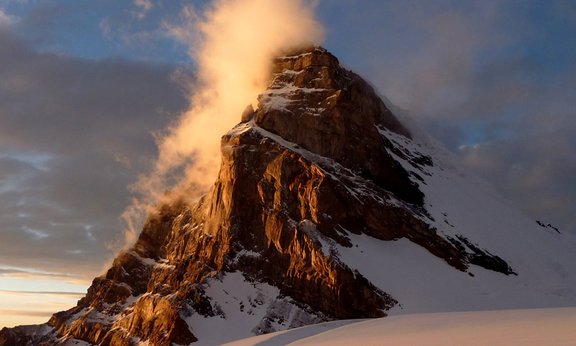Mountains play a major role in shaping our weather and climate. Their impact on conditions such as atmospheric flow or precipitation makes it difficult to accurately represent mountainous regions in conventional climate models, which often employ coarse grid resolutions. Climate modelling and simulation for complex mountainous orography such as the Himalayas, the adjacent Tibetan Plateau or the European Alps requires finer-grained models, working at kilometer scale, to further improve our understanding of mountain climate and extreme weather events.
Dr. Nikolina Ban of the Department of Atmospheric and Cryospheric Sciences (ACINN) group, led by Prof. Mathias Rotach, was granted a PRACE project for producing multi-decadal climate change simulations for these complex mountainous regions. Collaborating with and supported by the FZ HPC, Dr. Ban will be using the GPU computing power of the Tier-0 supercomputer Piz Daint at CSCS in Switzerland and run complex simulations at unprecedented resolutions.
Key Information:
- Project duration: April 1st 2020 - March 31st 2023 (initially 1 year awarded)
- Computing time: ~80 million core hours (for the first year) on Piz Daint
- PI: Nikolina Ban (ACINN)
- Co-PIs: Mathias Rotach (ACINN), Fabien Maussion (ACINN), Philipp Gschwandtner (FZ-HPC)

